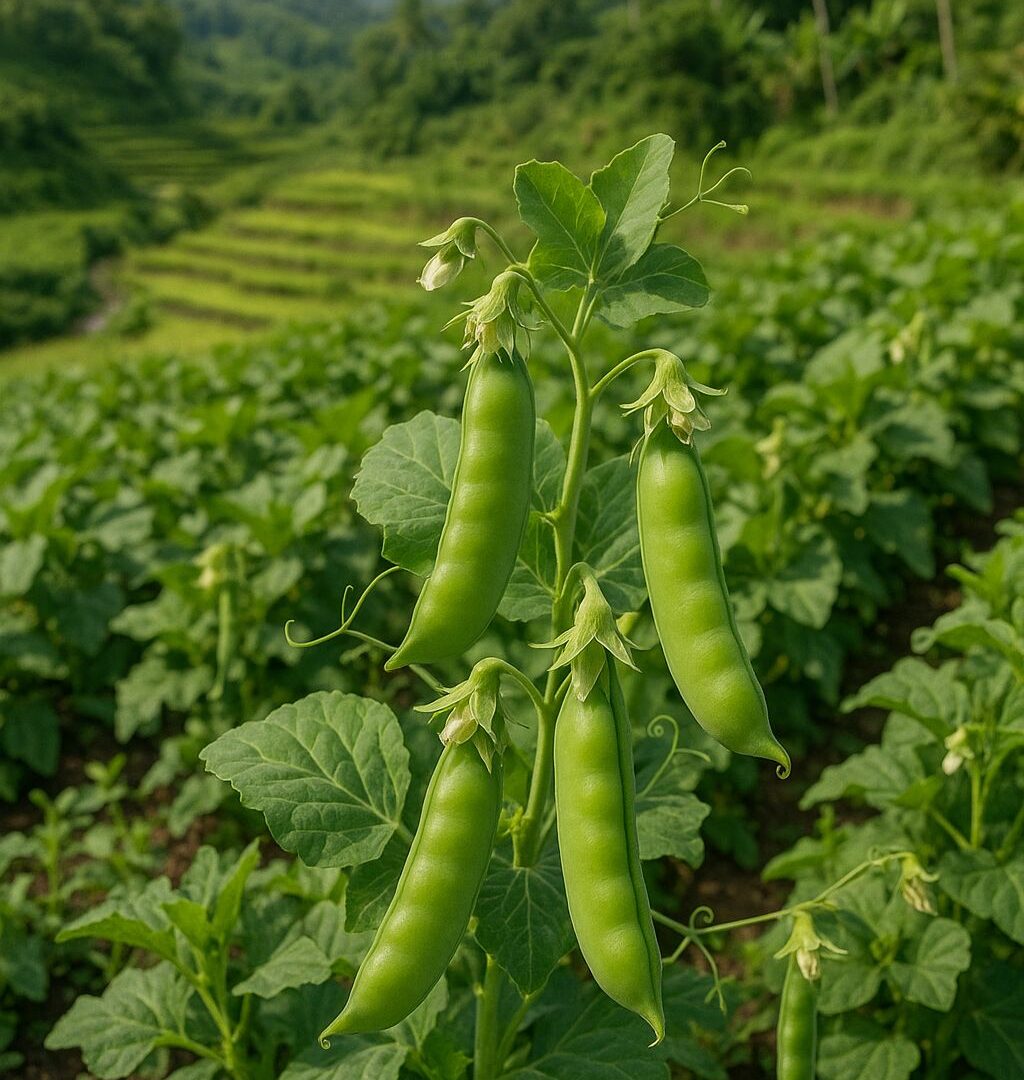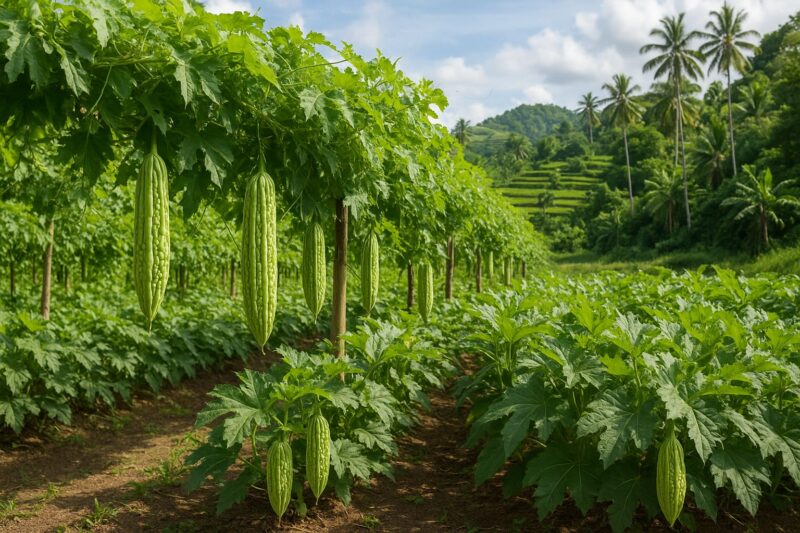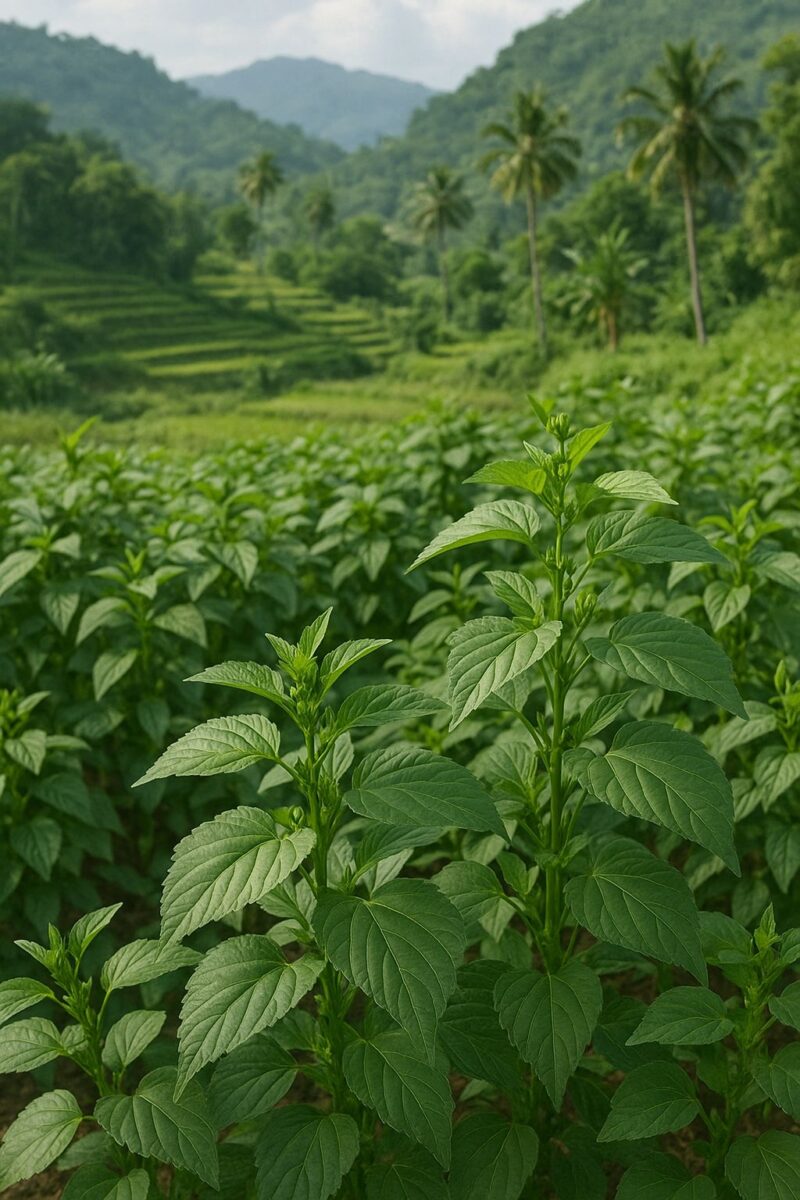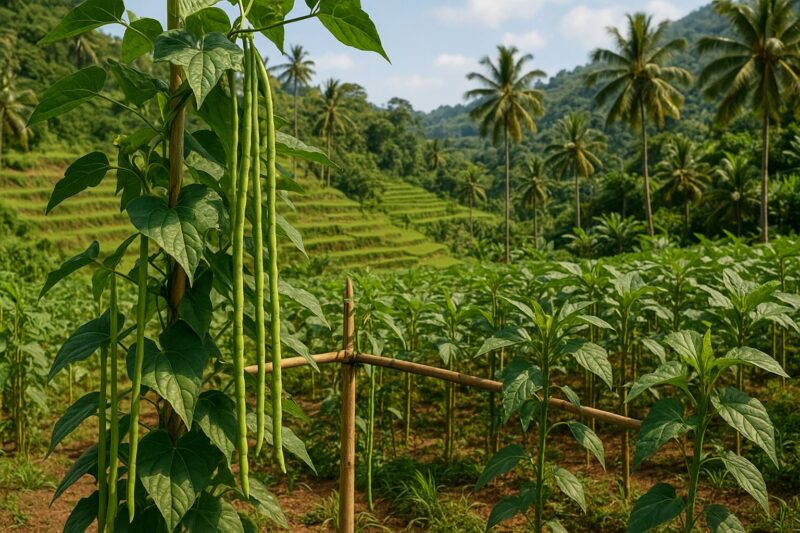Garden peas—locally sometimes called berdeng mani—bring sweet, tender pods into Filipino kitchens, from stir-fried combinations in Benguet to fresh pod salads in Tagaytay. Although peas prefer cooler temperatures, with careful site selection, timing, and support, you can successfully grow them in upland plots and even shaded lowland beds. After trial plantings in my Bulacan garden under shade cloth and advice from highland growers in Bukidnon and Sagada, here’s how to harvest crisp, flavorful peas nearly anywhere in the archipelago.
Variety Selection
Choose heat-tolerant, early-maturing cultivars like “Sugar Bon” or local “Sagada Snap,” which set pods quickly (in about 60 days) and withstand daytime highs to 28 °C when given partial shade. For uplands, classic English shelling peas such as “Oslo” produce larger sweet seeds ideal for steaming. Planting both types spreads your harvest—snap peas for pods and shelling peas for fresh kernels.
Site and Timing
Peas flourish at day temperatures of 18–24 °C and cool nights of 12–16 °C. In upland areas—Benguet, Bukidnon, Sagada—sow seeds from October through December. In lowlands like Bulacan, a cool-season window between November and February under 30 percent shade cloth can work. I typically sow in late November, transplanting or direct-seeding just after the rains ease so seedlings avoid torrid midday heat.
Soil Preparation
These legumes need loose, fertile soil enriched with organic matter. Double-dig beds to 25 cm and blend in two wheelbarrows of compost per ten square meters. Incorporate rice-hull charcoal or coarse sand to improve drainage. Aim for pH 6.0–7.0—if your soil is acidic, apply dolomite lime a week before planting.
Sowing and Spacing
Soak seeds overnight to speed germination, then sow 3–4 cm deep in furrows spaced 50 cm apart and seeds 8 cm apart within rows. Cover lightly, firm the soil, and water gently. Germination appears in 7–10 days when nights stay below 18 °C. In Bulacan’s warmer plots, I sow under shade cloth to prevent seedbed baking, then remove cover once seedlings reach 5 cm.
Support Structures
Peas climb via tendrils; without support, vines sprawl and rot. Use bamboo stakes or netting strung between posts, setting supports every meter. As vines reach 10 cm, gently train them onto the support. Vertical growth improves air flow, reduces fungal risks, and simplifies harvesting.
Watering and Mulching
Keep soil evenly moist—water deeply once or twice weekly so roots reach 10 cm depth—then allow the surface to dry slightly. Mulch with rice straw to reduce evaporation, control weeds, and moderate temperature. In dry spells or container beds, top-up watering may be needed to maintain consistent moisture.
Feeding and Rotation
Peas fix their own nitrogen, so heavy feeding isn’t necessary. At planting, mix a handful of compost into each furrow. After flowering begins—around six weeks in—I apply a light side-dressing of compost tea at the drip line to support pod filling. Rotate pea beds annually with non-legumes—rice, corn, or leafy greens—to break pest cycles.
Pest and Disease Management
Aphids may cluster on tender shoots; a gentle neem-oil spray or morning water flush controls them. Powdery mildew and downy mildew can appear under stagnant humidity—prune inner foliage, increase plant spacing, and ensure good airflow. Pea weevils rarely strike in small gardens; remove any infested pods promptly to prevent spread.
Harvesting
Harvest snap peas when pods reach 6–8 cm and feel crisp—usually 60 days after sowing. Shelling peas are ready when pods swell and seeds fill the interior; open pods and test one or two seeds for sweetness and size. Frequent picking—every two to three days—encourages vines to set more flowers and extends the harvest window for up to three weeks.
Case Study
In Sagada’s terraces, growers plant peas between rows of garlic and onion for shared shade and soil rotation. This intercropping suppresses weeds, conserves moisture, and delivers fresh snap peas to mountain markets when lowland farms have gone fallow—demonstrating how strategic timing and mixed beds yield off-season harvests.
Final Thoughts
While garden peas demand cooler conditions and sturdy trellising, their sweet pods and edible seeds reward the extra care. Whether on misty uplands or shaded lowland beds, mastering variety choice, soil health, sowing timing, moisture management, light feeding, and simple pest checks will bring you crisp, homegrown peas season after season.
I’m open for consulting and speaking opportunities on sustainable vegetable production nationwide. Let’s grow together.
#Sigarilyas #GardenPeas #BerdengMani #PhilippineFarming #SustainableAgriculture #UrbanGardening #ConsultingAvailable #SpeakingOpportunities




